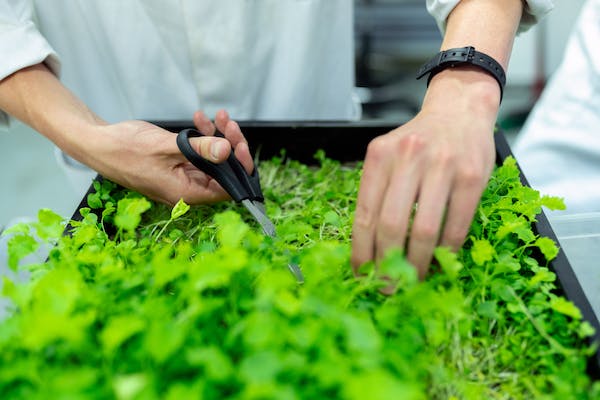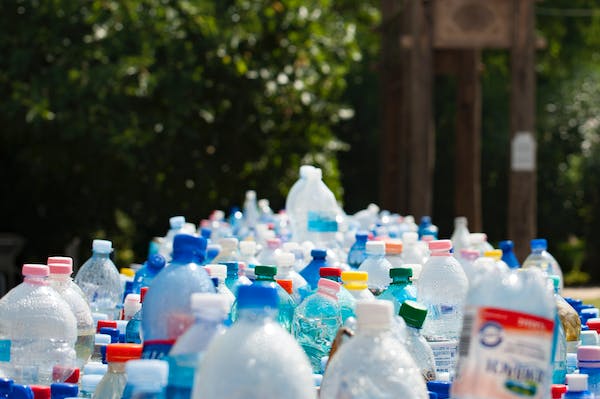Hawaiʻi review to United Nations highlights efforts to achieve 2030 sustainability goals

Hawaiʻi’s second Voluntary Local Review, presented by Governor Josh Green, M.D., to the United Nations during the High-Level Political Forum on Sustainable Development July 12, presents a good news/bad news scenario.
The review highlights progress on achieving the six Aloha+ Challenge goals, which are the state’s local implementation of the United Nations’s 17 Sustainable Development Goals, and clearly defines what is lacking. Hawaiʻi stands as the sole state in the United States to have submitted a Voluntary Local Review, with the report being prepared by Hawaiʻi Green Growth with input from local partners.
As the world reels with new undeniable impacts of climate change, it lends another level of urgency that Hawaiʻi youth express in the review: “We cannot put off changing things any longer. We refuse to stand idle when 2030 looms closer and closer…We only have one Island Earth, let us do our best to take care of it and each other. We are one species, with one planet, one chance.”

Hawaiʻi’s status on its goals can be seen on the Aloha+ Dashboard for predictive planning. The state is on track to meet its 2030 targets on renewable energy and energy efficiency, but not for clean transportation with its goal of reducing petroleum usage to 165 million gallons per year. The most recent data show that 472 gallons per year were used.
The goal to double food production by 2030, first introduced by the 2050 Sustainability Plan in 2008, is not on track. Production of most crops has not increased at a pace to reach the goal, but there was a 4% increase in the number of farms from 2012 to 2017. Progress, however, is difficult to measure because of a lack of funding for agricultural statisticians.
The progress on the health, nutrition and access goal was hindered by the pandemic when food insecurity increased from 11.2% to 16.8% between 2018 and 2020.
Existing conservation commitments and the Sustainable Hawaiʻi Initiative informed the natural resource management goal of effectively managing 30% of Hawaiʻi’s nearshore waters by 2030.

Watershed Projection (20.5% of the 30% target reached) and invasive species control (68% of 147 recommended actions ongoing, initiated, or complete) are both on track while freshwater security, marine management and protection of native species need work.
The solid waste goal recommits to a previous law mandating a 50% reduction by 2000 and an increase in 2020 to 70% by 2030. Recycling is the good news on this goal with 695,931 tons recycled and composted as of 2021. Waste diversion as of 2015 is at 43% of its 70% target.
Public, private and community recommendations contributed to the smart sustainable communities’ goal which measures affordable housing, economic prosperity, disaster management, resilience, and mobility. Economic prosperity as measured by the Self Sufficiency Standard income level improved from 45.5% in 2014 to 34.7% in 2020. But in 2020, 9% of people were below the federal poverty line and 33% were Asset-Limited Income-Constrained Employed households.
There was some decrease in miles traveled per vehicle, but 67.2% of commuters still drive alone, 13.5% carpool and only 4.9% use public transportation.
The housing affordability index is trending downwards from 98.5 in Q1 2015 to 82.2 in Q4 2021. More data are needed to assess resilience, but a local index is being developed. The state’s vulnerability increased on the Social Vulnerability Index – from 0.468 in 2018 to 0.400 in 2020 on a scale of 0 to 1 from the least to the most vulnerable.
The green workforce and education goal recognizes the importance of education, jobs, innovation and an integrated green economy in achieving Hawaiʻi’s sustainability goals.
The goal measures workforce development – needs improvement but as of February 2023, the unemployment rate decreased to 3.2%; educational attainment looks good with 85.9% of students graduating from high school on time as of 2021, and of residents 25 and older, 92.3% of at least a high school diploma and 32.9% have at least a bachelor’s degree as of 2018; equitable access to education also looks good with 86.6% of youth (16 to 24) attending school or employed, up from 85% in 2010; and finally sustainable tourism, which needs improvement – 46 businesses were certified as sustainable eco-tourism businesses as of 2020 – but better data are needed for more accurate measurement.
Governor Green represented Hawaiʻi at two key events at the 2023 United Nations High-Level Political Forum, the only US state leader to do so. His remarks at the Local and Regional Governments Forum and the Local2030 Coalition Special Event noted Hawaiʻi’s unique contribution to the global community rooted in its community values, and the Governor extended Hawaiʻi’s spirit of Aloha via Hawaiʻi Green Growth UN Local2030 Hub, the Local2030 Islands Network, and the Aloha+ Dashboard as key platforms for achieving the UN Sustainable Development Goals locally and globally.









